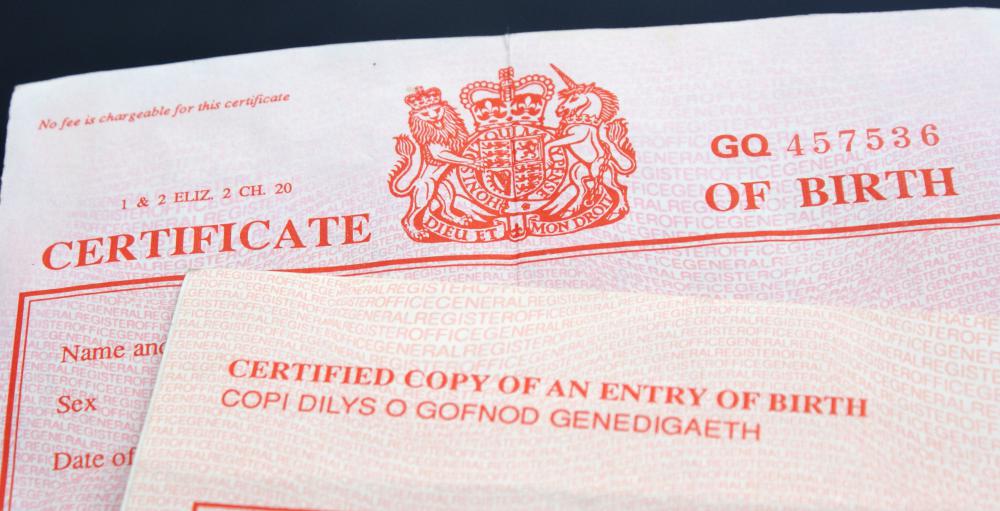At WiseGEEK, we're committed to delivering accurate, trustworthy information. Our expert-authored content is rigorously fact-checked and sourced from credible authorities. Discover how we uphold the highest standards in providing you with reliable knowledge.
What is a Petition for Alien Relative?
Form I-130 of the United States Citizenship and Immigration Services (USCIS) is more commonly referred to as a petition for alien relative. This form is one of the first steps that a United States citizen or permanent resident must take to help his relatives join him in the United States. It can be obtained from the USCIS, and must then be sent, along with the proper fees and documentation, to the correct address. After the petition has been approved, the relative will have the chance to apply for an immigration visa, or for status as a legal permanent resident of the United States.
The USCIS website has information for people trying to become a citizen of the United States or bring their families to the country. A copy of a petition for alien relative can be downloaded from this website. A separate petition is necessary for each alien relative. A United States citizen can file a petition for alien relative for his parents, children, spouse, sibling, or fiance. Permanent residents of the United States can file a petition for their spouses and unmarried children.

There are a number of sections on a petition for alien relative, and each section must be filled out completely and correctly. Failure to do so can result in the delay or rejection of a petition. In this form, the US citizen or permanent resident is referred to as the petitioner, and the relative is referred to as the beneficiary. One of the first sections of a petition for alien relative asks for the relationship of the beneficiary to the petitioner.
The next sections ask for personal information about the petitioner as well as the beneficiary. Names, including aliases or maiden name, and addresses should be filled out. Next, the form asks for other important information about both parties, including birth information, marital status, and citizenship status information. The petition also asks if the beneficiary has ever been in the united States and where she intends to live.
There is a separate section on a petition for alien relative that asks if the petitioner if they have ever filed a petition before. This allows the USCIS to investigate individuals who may be using marriage to help others establish citizenship. It also asks for the names of any other relatives for whom he is petitioning, which allows these applications to be filed together.
After the petition for alien relative is filled out, it must be signed and dated. It must then be sent to the appropriate address with the proper fees and documentation, which can include things such as birth certificates or marriage licenses. The correct address and fees can be found on the USCIS website.
AS FEATURED ON:
AS FEATURED ON:











Discuss this Article
Post your comments